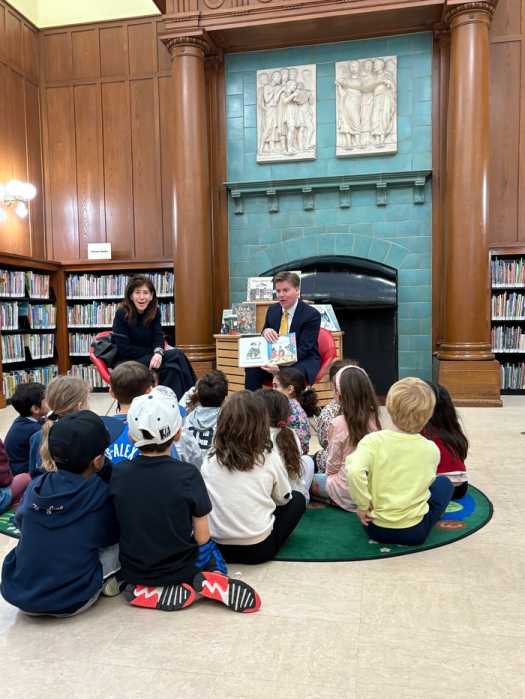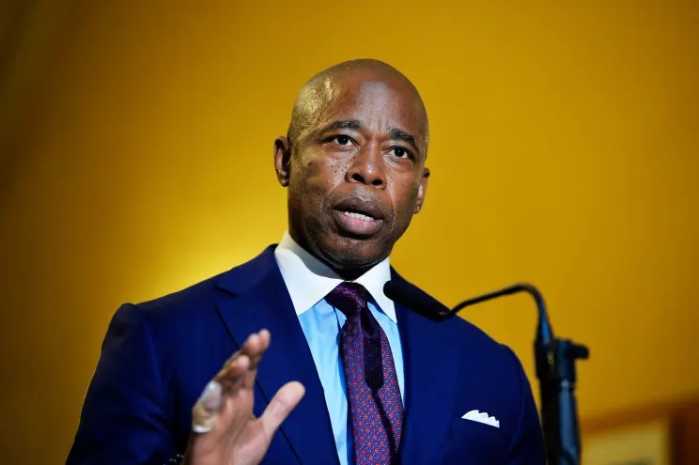Abel Ferrara made “Tommaso” at 67. That’s a bit old for a film about second chances and starting over, inspired by his own life and the experiences of Willem Dafoe (who plays its title character). But in recent years, the Italian-American director has reversed his forefathers’ journey, moving from New York to Rome. (He’s made documentaries about life in Naples and Rome.) In this film’s opening scene, Tommaso attends an Italian-language class, determined not to be an Ugly American.
“Tommaso” is a paradox: full of anxiety about the difficulties of marriage yet relaxed and shaggy. Content to run a leisurely two hours, it feels as though it were invented scene by scene. Ferrara has spent the five years between it and his previous narrative film, “Pasolini,” making documentaries, and although “Tommaso” is quite ambitious, it feels caught on the fly. Ferrara shot it in his real house, with his actual wife and daughter playing Tommaso’s. Yet it also feels connected to “Pasolini,” in which Dafoe played the gay director Pier Paolo Pasolini on the day of his murder in 1975. Both weave together a filmmaker’s daily life with his plans for future movies.
Tommaso lives in Rome with his wife Nikki (Christina Chiriac) and their toddler Dee Dee (Anna Ferrara.) He is planning an ambitious film set in Russia, so he looks over its storyboards and watches vides of bears attacking men. (This is an allusion to Ferrara’s real-life project “Siberia.”) Attending 12-step groups constantly, he stays sober, warning a homeless Pakistani man that alcohol is poison. But his relationship with Nikki begins fraying. He may be able to successfully refrain from using alcohol and drugs, but he can’t connect to marriage and family life, and his attempts to stay on the straight and narrow lead to violent and sexually driven fantasies
“Tommaso” is far from Ferrara’s first time playing with a narrative and characters based on his own life. His 1993 “Dangerous Game” cast Harvey Keitel and his then-wife Nancy Ferrara in a story about a director’s tormented life. He didn’t exactly hide his addiction; more or less explicitly, most of the films he made in the ‘90s allude to it. When he did finally get sober, he cast Dafoe and his then-partner Shanyn Leigh in “4:44 Last Day on Earth,” an apocalyptic narrative where Dafoe rejects the idea that he should use heroin one last time because life on earth will end in the morning anyway.
The widescreen cinematography of “Tommaso” is immediately striking. Handheld, it aims for an uncomfortable intimacy with the characters. It was obviously shot on a cheap DV camera. The film’s look is often hazy and pale, but it’s suffused with light. A lot of work went into simulating the texture of reality; “Tommaso” suggests a certain nostalgia for the video experimentation of the early 2000s.
Ferrara began making genre films with 1979’s “Driller Killer,” but in the ‘90s he drifted into the arthouse. Lately, he has occupied any slot that would allow him to keep working, including documentaries. He’s pursued the psychodrama and intensity of Martin Scorsese and John Cassavetes with a rare earnestness; even his pulpiest films never settled for hip pastiche. There’s been a sense of something real, connected to life, at stake even in his worst films.
“Tommaso” has an oddball rhythm, striding from the classes Tommaso teaches to his home life to the 12-step meetings he attends without any big epiphanies. Tommaso comes across as a very ordinary man, pursuing his dream project while paying the bills teaching. In one of his meetings, he talks about the production of a film in Miami, which is clearly based on “The Blackout,” and says he originally wanted it to be a remake of “La Dolce Vita.” (Instead, “The Blackout” riffs on “A Star Is Born.”) Made at the peak of his addiction, “The Blackout” imagined the possibility of getting clean but being irreparably haunted by the damage caused by one’s behavior while high. It’s a very pessimistic view of recovery. The ending of “Tommaso” likens the characters’ struggles to Christ being tortured on the cross, but as a whole, the film offers the possibility of a man succeeding at becoming a better person.
Dafoe played Jesus for Scorsese, and Ferrara refers to that scene near the end of “Tommaso.” A Catholic who now practices Buddhism, Ferrara alludes to both religions here. Despite the violent imagery of the last 20 minutes, this is the mellowest film Ferrara has ever made. But it feels like it might run off the rails in the next scene. The two-hour length constantly threatens to run out of steam. Even so, it does a terrific job of synthesizing a cinema based on personal experience with the fantasy inherent to the medium.
TOMMASO | Directed by Abel Ferrara | Kino Lorber | In English and Italian with English subtitles Starts streaming through Kino Marquee (kinomarquee.com/) and Film at Lincoln Center (filmlinc.org) Jun. 5
To sign up for the Gay City News email newsletter, visit gaycitynews.com/newsletter.













